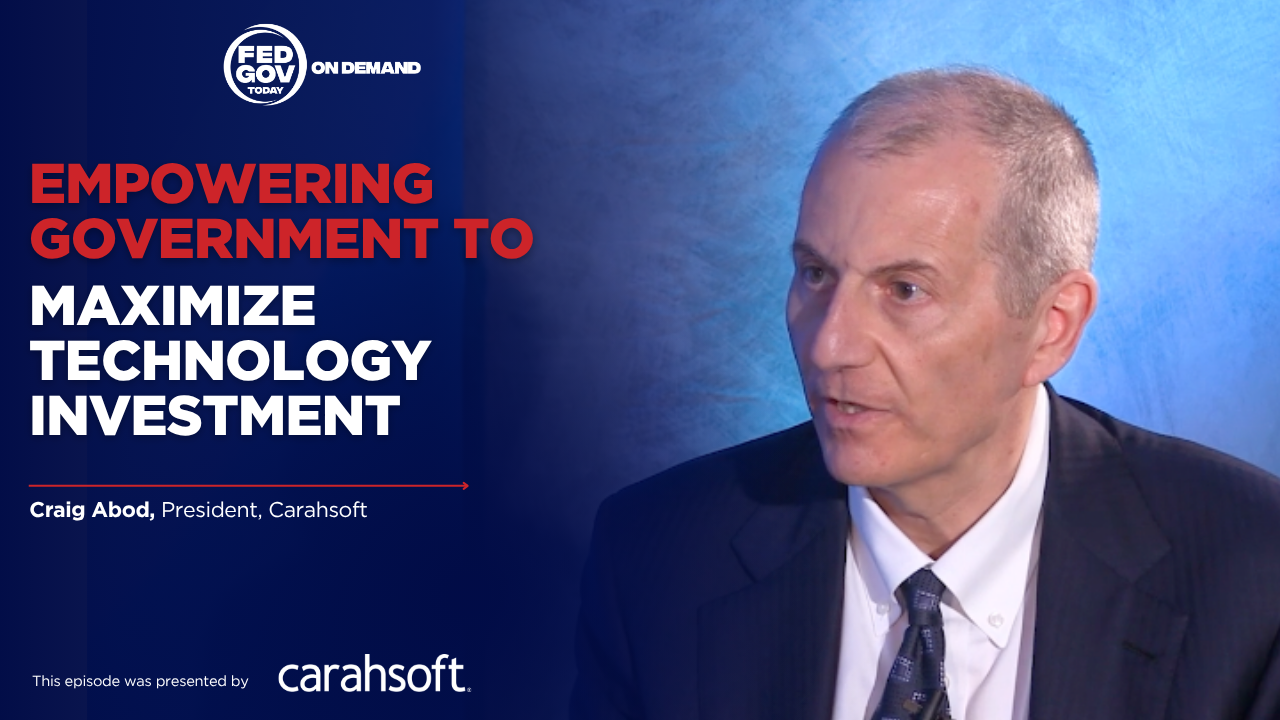Original broadcast 4/6/25
Presented by Palo Alto Networks and Carahsoft
The cybersecurity landscape in government today is defined by urgency, complexity, and a growing gap between threats and the capacity to address them. Daniel Kroese, Vice President of Public Policy and Government Affairs at Palo Alto Networks, believes there's a solution — and it's already here. In a recent appearance on Fed Gov Today with Francis Rose, Kroese laid out how artificial intelligence (AI) is not just enhancing cybersecurity but redefining how it functions at the mission level.
Kroese began by describing the current state of cyber operations in government agencies: a tangled ecosystem of sensors, logs, and alerts that cyber defenders struggle to manage in real time. "Our network defenders are drowning in data," he said. “They're playing this inefficient game of manual alert whack-a-mole, where critical alerts get missed and vulnerabilities remain open.” The result? Agencies are spending heavily on cyber tools but often fall short on outcomes.
 The key to transformation, according to Kroese, is modernizing the Security Operations Center (SOC). Traditional SOCs rely heavily on human analysts to process vast volumes of information — a slow and error-prone approach. Palo Alto Networks, however, is demonstrating that AI can radically change that. “When agencies deploy AI-powered SOC tools,” Kroese said, “they reduce response times from two or three days to as little as 14 minutes.”
The key to transformation, according to Kroese, is modernizing the Security Operations Center (SOC). Traditional SOCs rely heavily on human analysts to process vast volumes of information — a slow and error-prone approach. Palo Alto Networks, however, is demonstrating that AI can radically change that. “When agencies deploy AI-powered SOC tools,” Kroese said, “they reduce response times from two or three days to as little as 14 minutes.”
That kind of time savings can be mission critical. Kroese pointed out that agencies using AI-enhanced SOCs are now capable of real-time triage of cyber threats. “We’re not talking about hypothetical efficiency,” he said. “We are seeing this in action, today. This is the difference between proactive security and always playing catch-up.”
But AI isn’t just a technological solution — it’s a cultural shift. Kroese emphasized the importance of aligning people, processes, and tools around new workflows that prioritize real-time analysis and automation. “It’s not about just plugging in a new tool,” he said. “It’s about rethinking how the SOC functions at a foundational level.”
Looking ahead, Kroese warned of a growing threat on the horizon: quantum computing. While full-scale quantum systems are still years away, he said, the risk they pose is already real. “Adversaries like China are engaging in ‘harvest now, decrypt later’ attacks,” he explained. “They're collecting encrypted data now in the hopes of breaking it later with quantum decryption.”
To counter that risk, Kroese urged federal agencies to get serious about quantum readiness. “There’s already a government-wide effort to inventory assets that need quantum hardening,” he said. “But we need to move faster. Post-quantum cryptography should be a top priority.”
Despite the challenges, Kroese remains optimistic. “I’m a cyber optimist because I’ve seen what’s possible,” he said. “If we lean into AI and prepare for quantum, we can actually deliver the outcomes our missions demand — not just in five years, but right now.”
That optimism comes from seeing what he calls a “moment of disruption” — one where agencies have both the technological capabilities and the strategic alignment to make a leap forward. “There’s never been a better time to transform federal cybersecurity,” Kroese said. “We just have to be bold enough to do it.”



